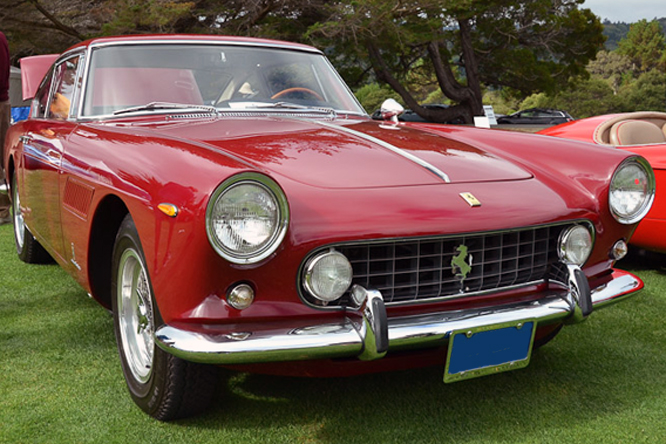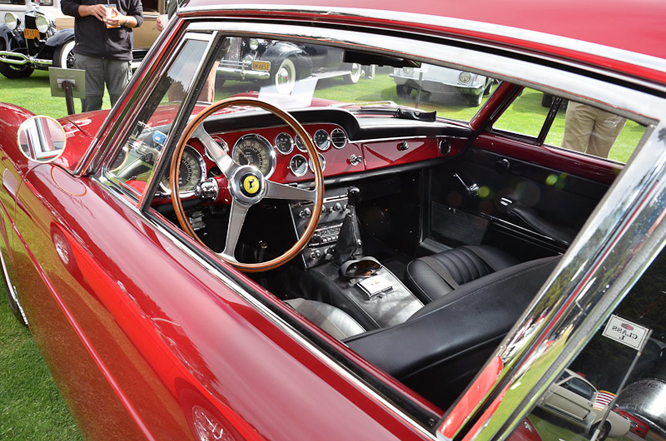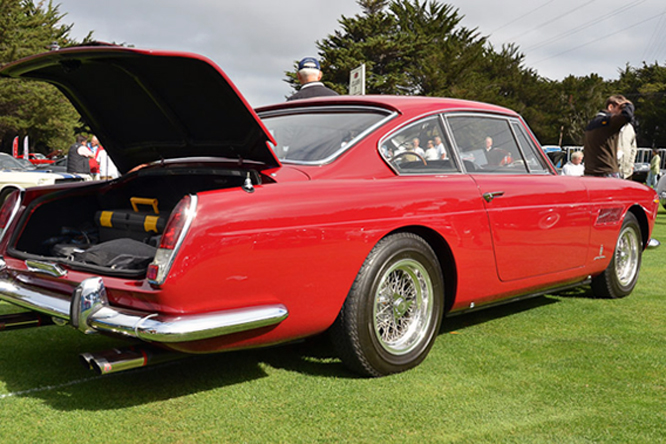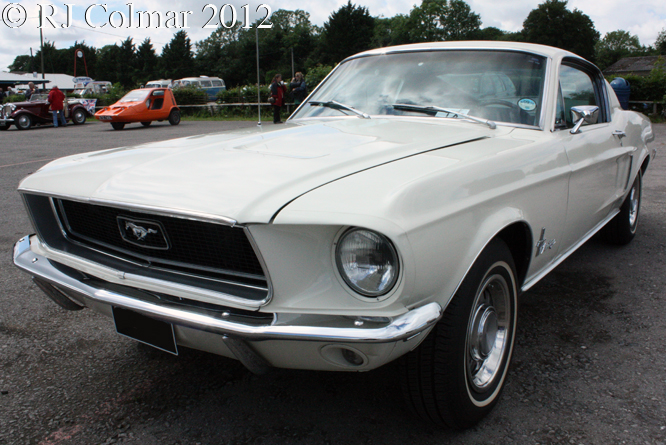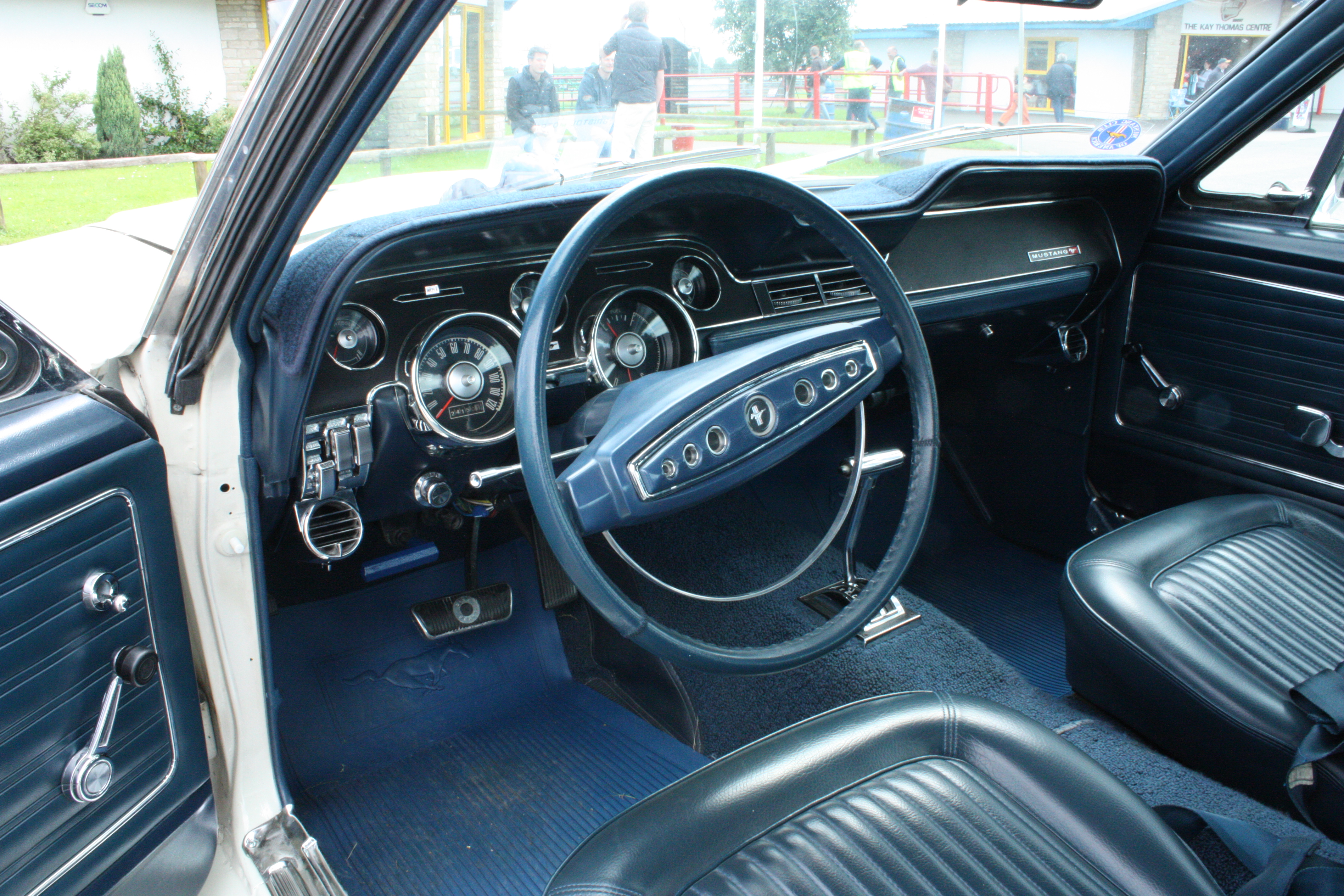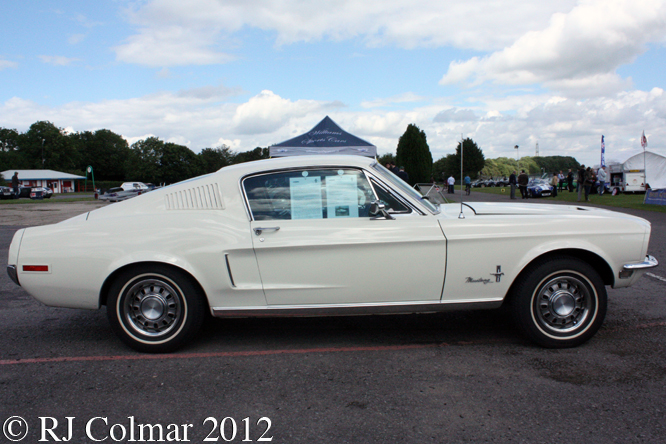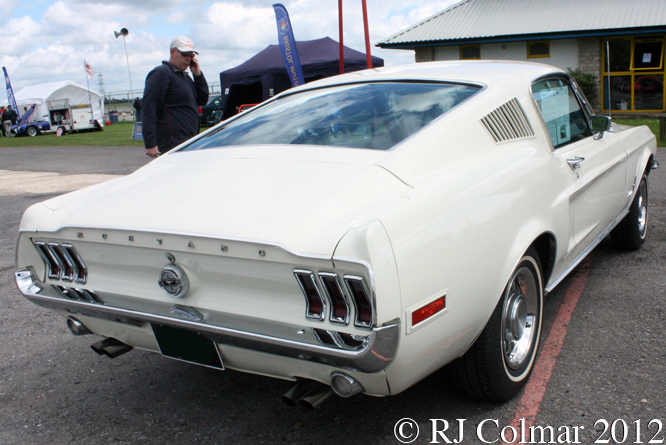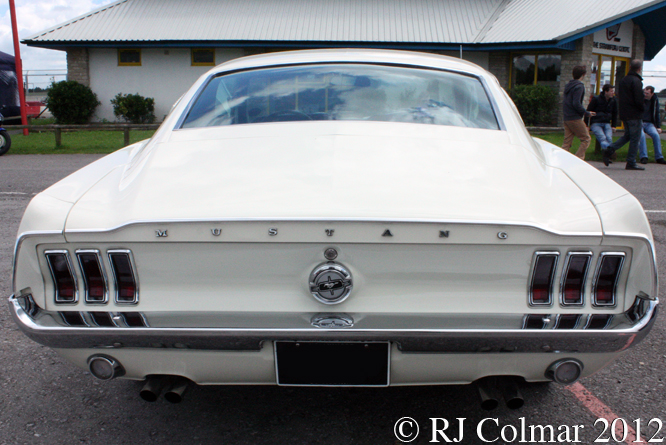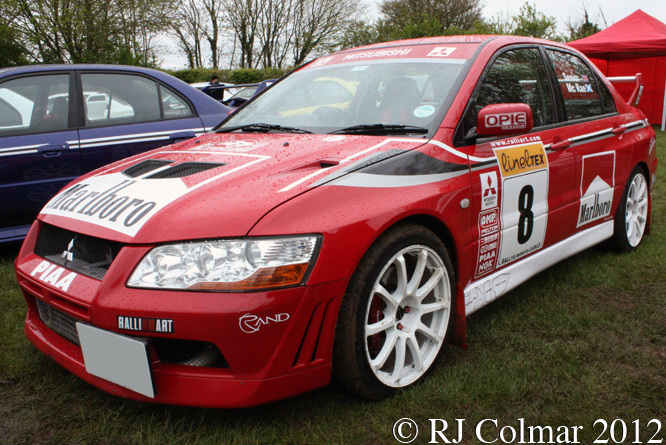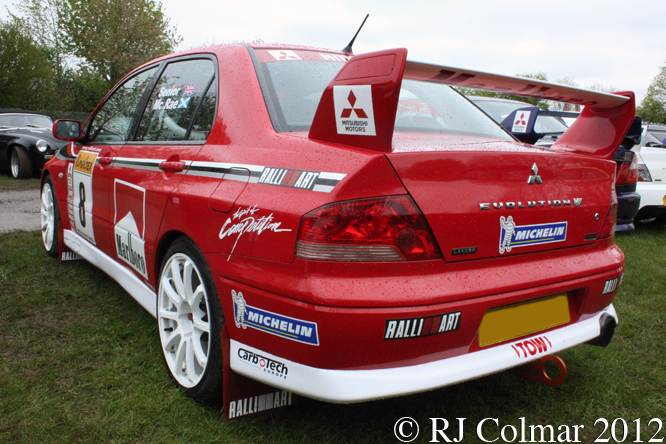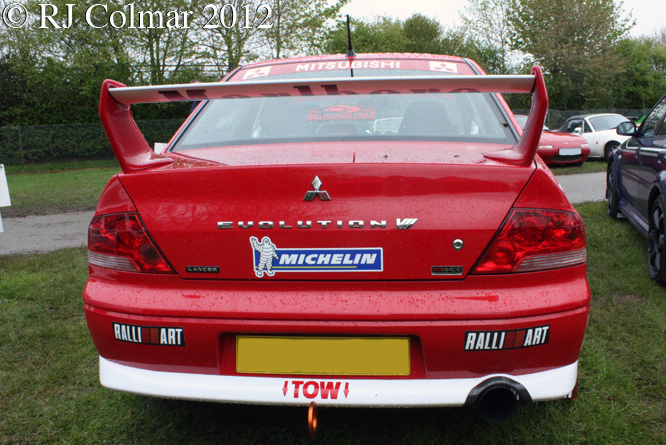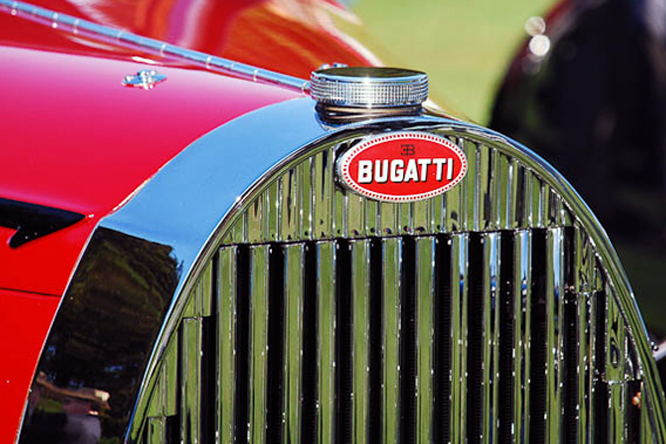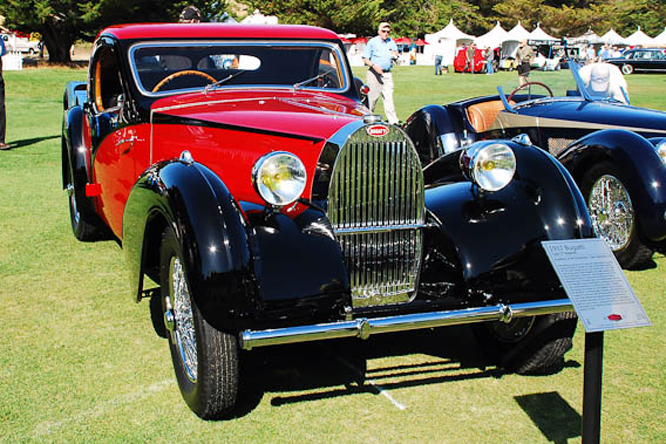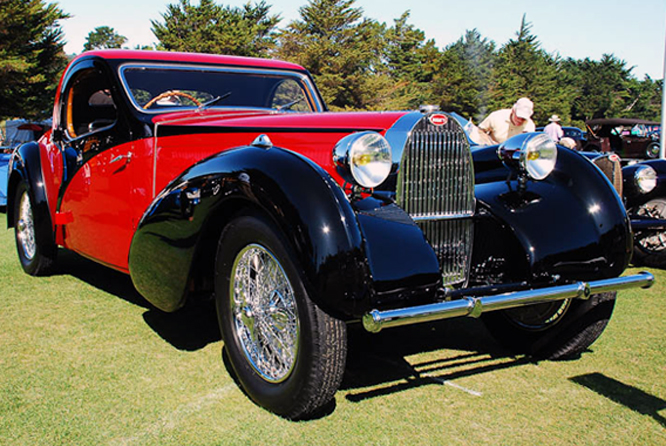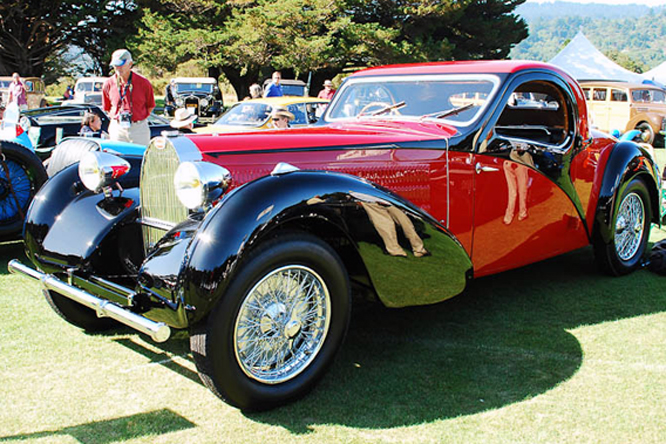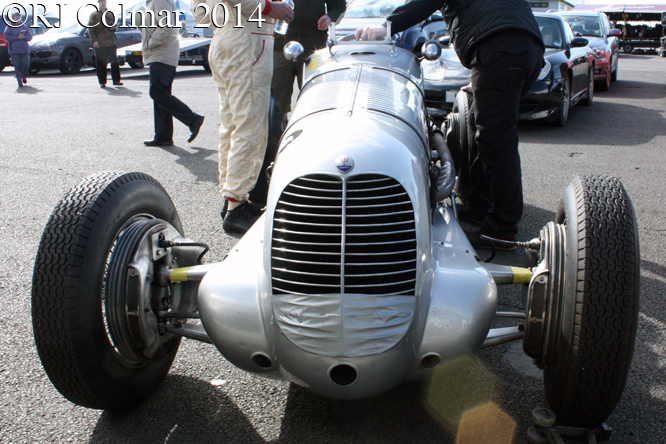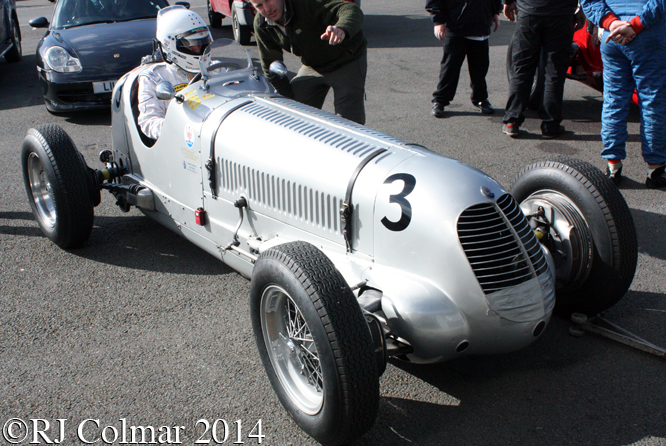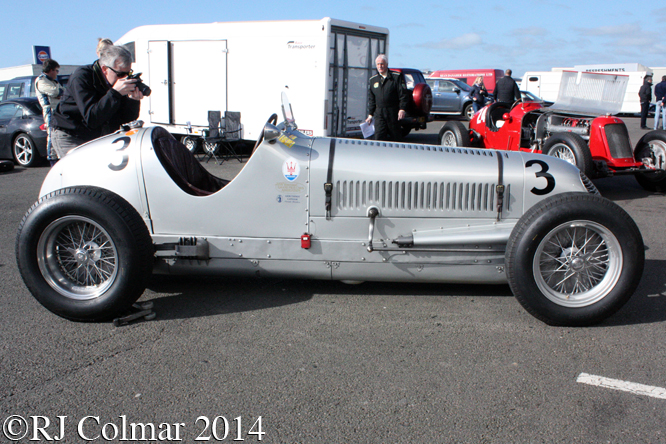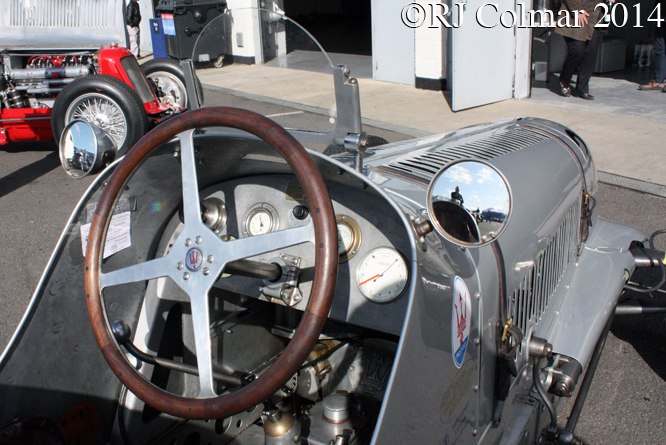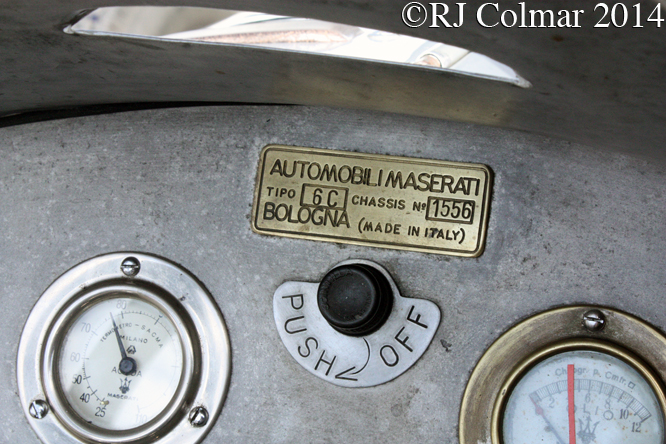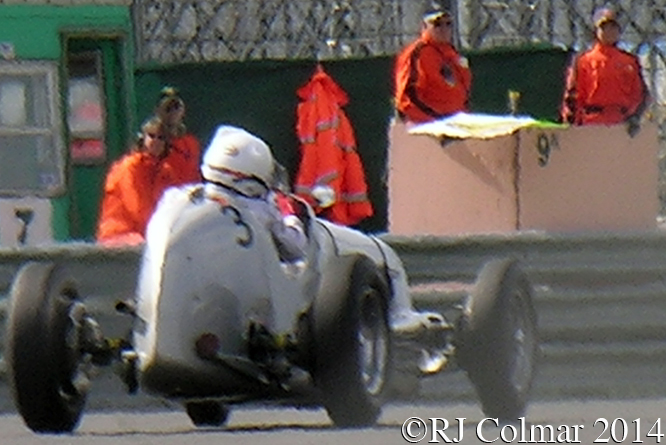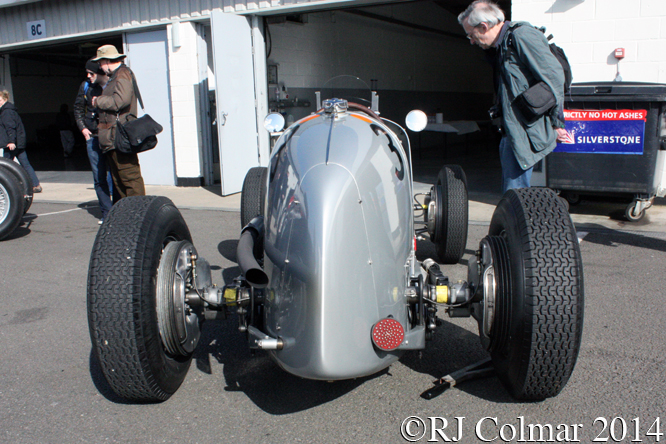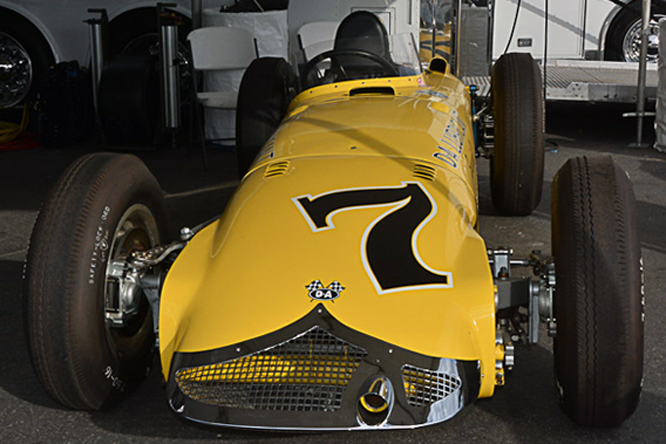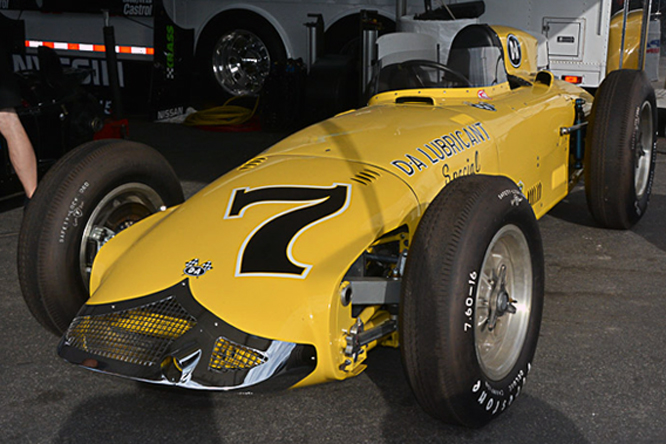In 1970 Bertone built a futuristic concept car called the Lancia Stratos Zero, the car was so low the windscreen also acted as ‘the’ door !
The following year Bertone showed the Lancia Stratos Prototype at the 1971 Turin Show, this car was a little more practical with two side doors and a mid mounted tranverse mounted V6 as per the Ferrari Dino from which it was sourced.
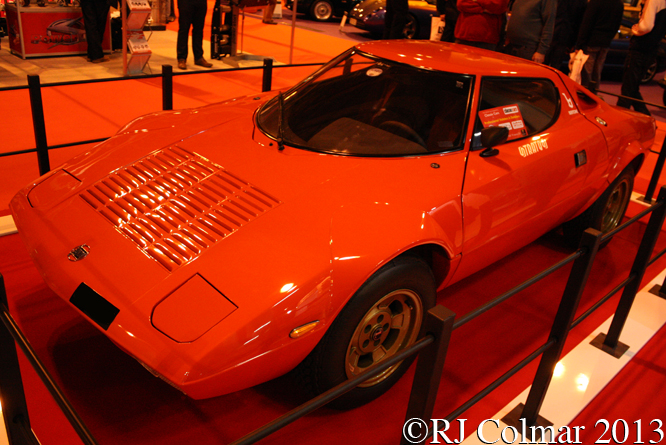
In all 492 of the road going Lancia Stratos Stradales like the 1974 example seen here at last years Classic Motor Show at the NEC in Birmingham were built between 1972 and 1974 when production of the V6 Dino GT also ceased.
HF competition versions of the Stradale proved particularly versatile in 1974 Gérard Larrousse and Amilcare Ballestrieri drove a Stratos to victory on the Targa Florio.
The Stratos is probably best remembered as a superb rally car, Sandro Munari and Mario Mannucci won the 1974 San Remo Rally on the Sratos World Rally Championship debut. By 1981, 4 years after the Stratos programe had been closed down by FIAT; Jean-Claude Andruet, Björn Waldegård, Bernard Darniche, Markku Alén, Tony Carello and Antonio “Tony” Fassina had all also helped contribute to a total of 18 World Rally Championship wins credited to the Stratos which included 3 consecutive wins for Munari on the Monte Carlo Rally, ’75 – ’77, and five victories each on the San Marino and Tour de Course Rallies.
Franz Wurz became 1976 European Rally Cross champion in a Stratos and sold his car, later fitted with a 3 liter / 183 cui motor V6 to Andy Bentza who won GT Rally Cross Championship in 1978.
In 1973 Sandro Munari and Mario Manucci won the mixed discipline Tour D’France, the following year Jean-Claude Andruet and “Biche” won the similar Giro di Italia with a similar bodied turbocharged example.
The final competition evolution of the Stratos was a turbocharged Group 5 long tail silhouette racer of the type that Carlo Facetti and P. Sodano drove to victory on the 1976 Giro di Italia.
Thanks for joining me on this “Fantastic Futurist” edition of “Gettin’ a li’l psycho on tyres”, I hope you will join me again tomorrow for a look at a couple of Lotus Indy Cars. Don’t forget to come back now !


